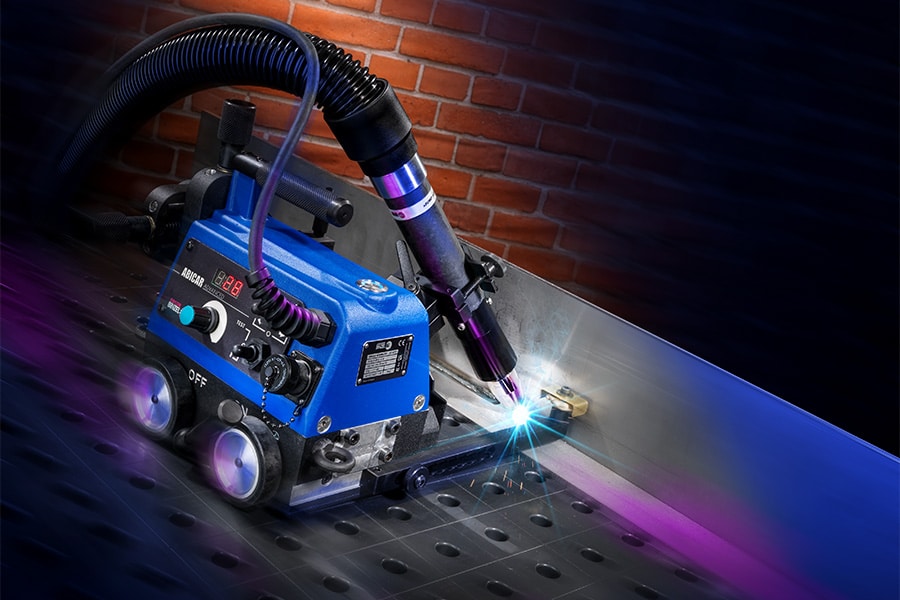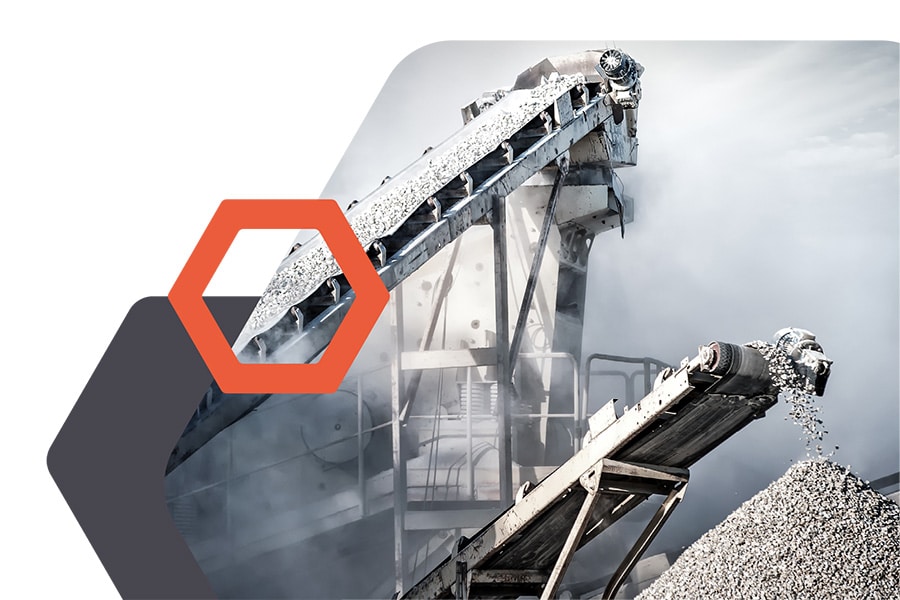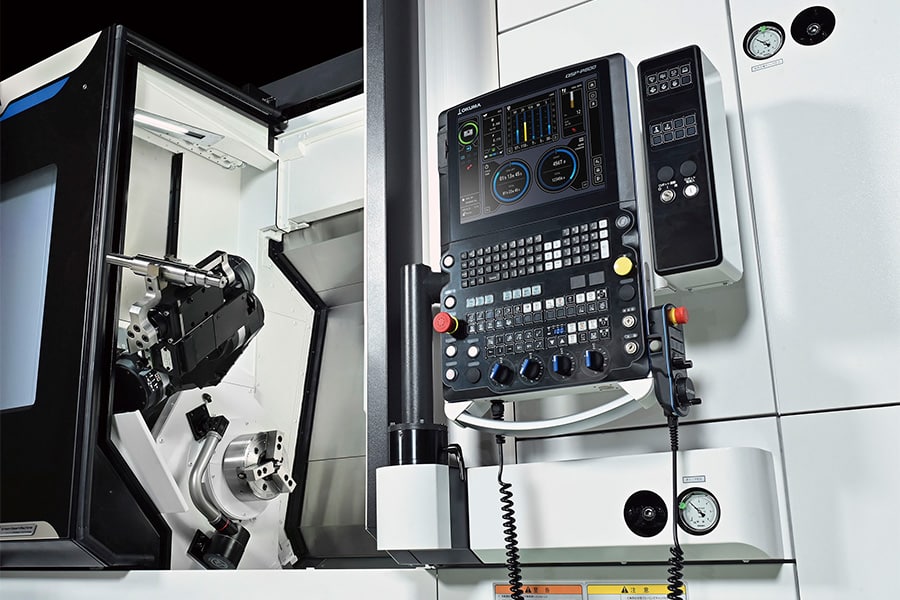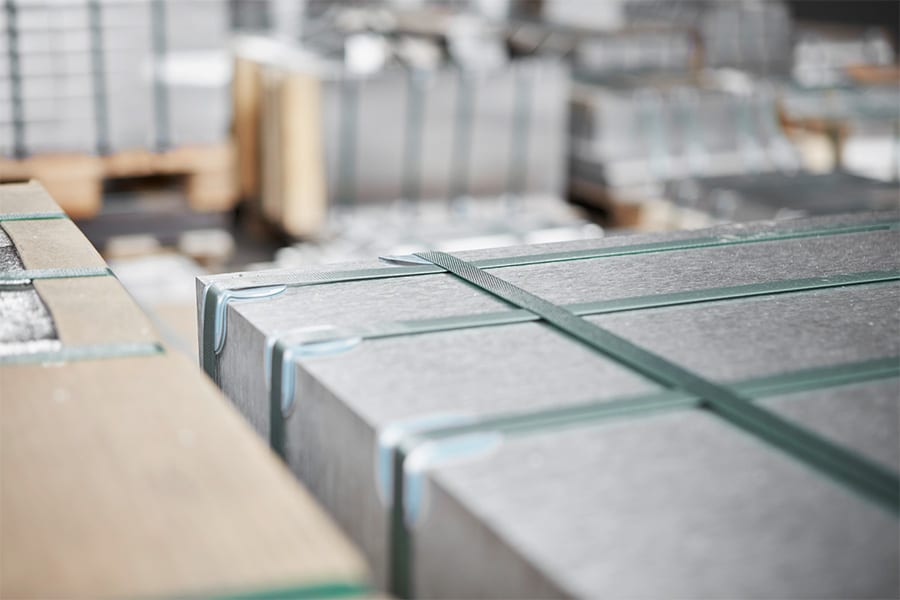
Waterjet cutting machine helps build agricultural technology of tomorrow
Flanders is strong in agricultural technology. A nice link in that ecosystem is ILVO's Living Lab Agrifood Technology, which helps companies develop new machine technology. To create more flexibility in the lab, it recently invested in a waterjet cutting machine. Wouters Cutting & Welding provided the perfect match and support with the Swift-Jet.
ILVO is the Institute for Agricultural, Fisheries and Food Research. You may not spontaneously think of metalworking and mechanical engineering. Yet this is also discussed extensively within these walls. After all, ILVO has its Living Lab Agrifood Technology.
"Feel free to call it a kind of living lab, where we will develop new technology for the agri-food sector in close cooperation with companies. Some of the projects have to do with Precision Crop Farming. In other words, how can we get more yield out of our fields with less pressure on the environment by applying innovative technology." Speaking is Simon Cool, who heads it.

Immediate field testing
According to Cool, the strength of the Living Lab lies in its synergy with the other research happening within ILVO.
"As a result, we have the expertise of 750 employees and extensive infrastructure to make that co-creation a reality. Especially the trial fields, on which we can immediately test our prototypes and make adjustments where necessary, are a real asset." The need for such an initiative is clear from the many applications and projects that are running "Just because Flemish agriculture has a very individual character. We don't have the large scale here as in France or Germany. That's why it requires very specific solutions. We see efficiency and sustainability as the most important keywords in this," Cool adds.
Waiting too long for pieces
Agricultural machinery is exposed to specific and harsh conditions that cannot be replicated in the lab. "The sooner we can get out into the field for testing, the sooner we can take the next steps in technology development." In the past, the Living Lab outsourced its plate cutting work. But that did not provide the desired flexibility. "Not by cost, nor by delivery time. We always had to wait for our pieces to rebuild. We did have a milling machine that could form a plan B in urgent cases, but that was by no means efficient work."

Wanted: flexibility in materials
Cool and his team had therefore been asking for years for their own machine to cut pieces into the desired format in a computer-controlled manner. But while the pieces at the supplier's end up mostly on the laser, another technology proved just that little bit more interesting for the Living Lab.
"We think here primarily in agricultural technology. What there is on the market in terms of machines for sheet metal working, we had less insight into that at the beginning of our search. Flexibility to materials was our main requirement. Structural steel, aluminum, stainless steel, PVC...: it all passes through here," says Cool. "Ideally, this could be done with one machine."
Waterjet cutting the better choice
In the process, it quickly became apparent that a waterjet cutting machine could offer even more possibilities in this regard. It was Rached Taheri, representative at Wouters Cutting & Welding who put them on the right track. "That gave immediate confidence. And a number of construction companies we work with also made positive noises about WCW," Cool says.
In December, the Swift-Jet water cutting machine joined the shop floor at ILVO. "We may have seen machines with more bells and whistles during our search, but this one came out best in terms of value for money. In the end, they remain prototypes that we build. The accuracy of 0.2 mm that this machine gives us is more than sufficient for that. The same applied to the load-bearing capacity of the frame (400 kg/m). After all, most plate thicknesses remain below 20 mm."

No more time to lose
Although the Living Lab team had no experience yet, the machine is now being used smoothly. "Almost daily, pieces land on it. As soon as the 3D drawing is ready, it is sent directly to the machine. This has given us a huge boost in efficiency. The machine is actually very simple, intuitive to use and accessible to everyone. For those with no experience in 3D drawing, there are templates in the control so you only have to fill in a few parameters. Top. The two-day training we received with about seven WCW employees focused mainly on the main points of interest when using it. After all, you are dealing with wearing parts. This allows us to deal with the most common error codes ourselves. We haven't had to pick up the phone a single time," Cool says with a smile. "She's only been here a short time and as we get to know the capabilities for our production better, she will only be used more."
WOUTERS CUTTING & WELDING Booth number 166
Heeft u vragen over dit artikel, project of product?
Neem dan rechtstreeks contact op met Wouters Cutting & Welding.
 Contact opnemen
Contact opnemen




